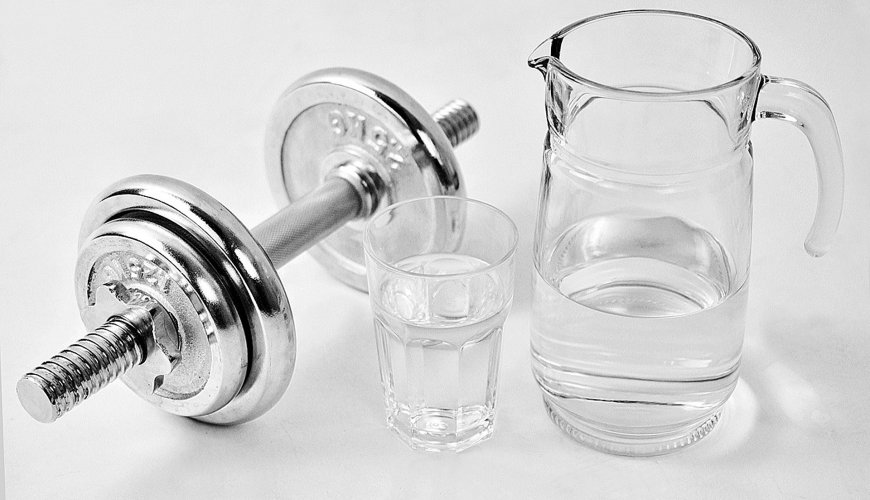How to prepare for the first visit to an aesthetic medicine office?
Jan 6, 2018 - Aesthetic Medicine
April 25, 2024 3:07am

How many fluids do we lose during exercise?
During physical activity, most fluids are lost as a result of sweating. This leads to a loss of both water and electrolytes, mainly sodium and chlorine. Water losses also result from breathing and excretion of urine and faeces.
Dehydration is also affected by the ambient temperature and climatic conditions in which we play sports. High temperatures and humidity contribute to dehydration much faster. However, it should be noted that even at low temperatures, the body undergoing exercise must dissipate heat. Therefore, even mountaineers must pay special attention to proper hydration of the body.
Contrary to appearances, a cyclist who rides in dry mountain air can lose much more water with a fast drying sweat than a bodybuilder in a gym, on whose body water streams flow.
How to assess dehydration during exercise?
The easiest way to assess water loss during physical activity is to weigh yourself just before and after exercise. The scales should be put on without clothes, and after the effort the body should be additionally dried with a towel.
The greater the physical activity, the greater the loss of fluids. A large amount of heat produced by intensively working muscles must be dissipated. Thanks to the production of sweat, the body can cool down. On average, during intensive exercise we lose about 1.5 l of water per hour. Moderate effort is a loss of about 1 l of water/hr of training. However, it is worth noting that this value may be much higher. During the marathon run, water loss can be as much as 3.5 l/hour!
Consequences of dehydration
Loss of 1% of body weight (approx. 0.5-0.8 l of fluids) reduces the physical fitness of the body by approx. 10%. Intensive one-hour training can equate to a fluid loss of 1.5-4 l, which can cause headache, fatigue, irritation and drowsiness, among other things. Dehydration of the body at the level of a deficit of about 5-8 l of water, i.e. loss of 10% of body weight, requires hospitalization.
Is it enough to drink clean water?
Drinking only pure water during intensive training, or a supply of fluids that far exceeds the body's needs, can lead to hyponatremia, i.e. sodium deficiency. This is why athletes often use special drinks containing electrolytes during training or competitions.
Correct irrigation of athletes
Every physically active person should take care of proper hydration of the body paying special attention to it:
- proper hydration before starting physical activity
- frequent drinking of small portions of fluids during physical activity
- replenishment of fluid deficiency after physical activity.
Practical tips
Cold liquids are absorbed more slowly and may cause spasms in the digestive tract. The optimal fluid temperature is the body temperature.
Black sports clothing can help to estimate electrolyte loss. Salt stains formed during sweating are best visible on the black fabric.
3. pouring water on the body during training in hot weather reduces sweat production and saves water in the body.
4. proper hydration of the body can be estimated from the excretion of urine. If you visit the toilet at regular intervals of about 4 hours and the urine is light in colour, you can judge that your body is properly hydrated. The darker the urine and the less frequent visits to the toilet, the greater the risk of abnormal fluid balance in the body.
5. do not irrigate with carbonated drinks, as they may cause discomfort in the digestive tract, inhibit the feeling of thirst, often contain large amounts of sugars and may have a diuretic effect.
© Copyright accupc.com | All Rights Reserved.
Komentarze (0)